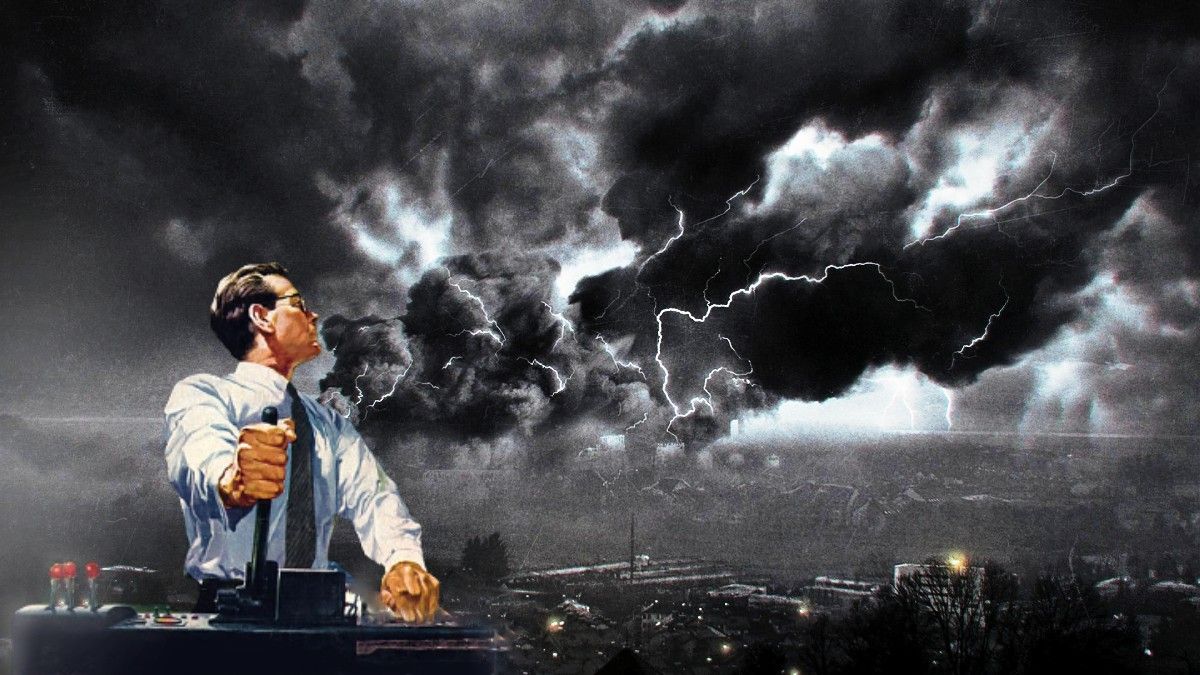Harnessing the Storm: The Power, Peril, and Prohibition of Weather Warfare
In an age where technological advancements have reached breathtaking peaks, the concept of manipulating the Earth's natural systems — a phenomenon termed "Weather Warfare" — is not as outlandish as it may initially seem. It blends science, ethics, and geopolitics, stirring debates about its feasibility and morality. But

In an age where technological advancements have reached breathtaking peaks, the concept of manipulating the Earth's natural systems — a phenomenon termed "Weather Warfare" — is not as outlandish as it may initially seem. It blends science, ethics, and geopolitics, stirring debates about its feasibility and morality. But what is weather warfare? How much energy lies within nature's most violent systems? And most importantly, what are the international regulations governing its use?
Weather Warfare: Beyond Fiction
Weather warfare refers to the manipulation of weather patterns or systems for military or hostile purposes. The idea that nations could control weather systems as a weapon, be it to flood enemy terrains or cause droughts, has long fascinated strategists. Historically, there were endeavors to modify weather during warfare, with efforts ranging from inducing rain to muddy the battlefields to more sophisticated projects aiming to hinder enemy operations.
Category 5 Hurricanes: Unleashing Nature's Fury
To comprehend the magnitude of what weather manipulation might achieve, consider the energy within a Category 5 hurricane. These violent meteorological phenomena carry with them energy equivalent to 10,000 nuclear bombs. Such hurricanes harness the warmth of tropical waters, spiraling into towering systems that can sustain extremely high wind speeds of over 157 mph.
The energy of a Category 5 hurricane is staggering. A mature hurricane can release the equivalent energy of a 10-megaton nuclear bomb every 20 minutes. Thus, the allure of harnessing or redirecting such power, especially for military or strategic purposes, is evident.
Prohibition of Military or Any Other Hostile Use of Environmental Modification Techniques
Given the tempting, yet perilous, potential of manipulating weather systems for warfare, international regulations have stepped in. The Environmental Modification Convention (ENMOD), ratified in 1978, prohibits the military or other hostile use of environmental modification techniques. This international treaty was the result of global concerns arising from advances in the science of weather modification during the Cold War era.
The ENMOD treaty has 48 signatories, including major global powers. It stipulates that nations "undertake not to engage in military or any other hostile use of environmental modification techniques having widespread, long-lasting, or severe effects as the means of destruction, damage, or injury to any other State Party."
The Future of Weather Modification
The rapid progression of technology might reignite interest in weather warfare, particularly as climate change leads to more frequent and severe weather events. Such advancements beg the question: could nations potentially harness these forces for good, such as diverting hurricanes from populated areas?
However, the ethical implications remain significant. While controlling a weather system to prevent harm seems altruistic, the downstream effects could be devastating for regions that subsequently bear the brunt of these modified systems. Additionally, the potential for misuse in the hands of hostile entities remains a haunting concern.
Conclusion
As the adage goes, with great power comes great responsibility. The idea of manipulating Mother Nature's most potent forces, be it for warfare or protection, presents a Pandora's Box of possibilities. The power within a Category 5 hurricane, while tantalizing, serves as a stark reminder of the might of nature. As science pushes the boundaries of what's possible, international collaboration and regulation remain crucial to ensure that the power of the skies is not misused.




